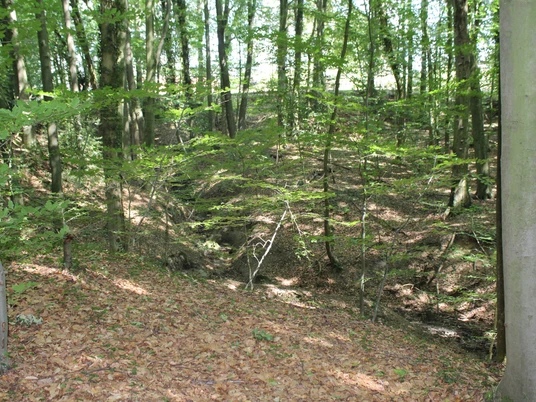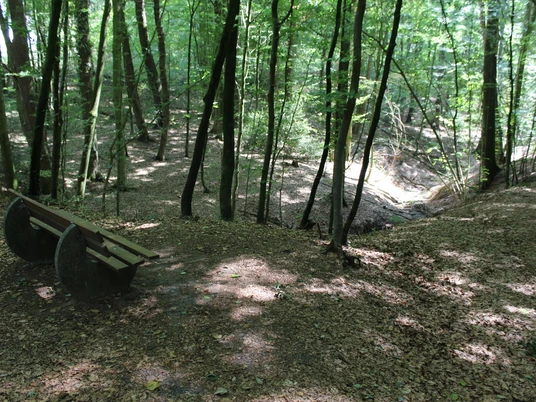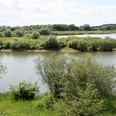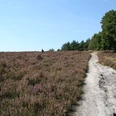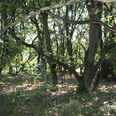During the Ice Age, around 600,000 years ago, huge glaciers pushed southwards from the Scandinavian mountains. The local landscape was covered by a 300 - 400 meter thick layer of ice. The ice masses carried huge masses of stone, sand and debris with them. With increasing warming, the ice melted and the rock debris sank to the ground. This is how the Nienburg-Meppen Geest was formed.
The eastern edge of this Geest can be seen here. Meltwater, which drained to the Weser valley, washed deep channels into the edge of the geest.
A special feature of the landscape is the "Binner Schlucht", a dry valley that slopes down from the edge of the geest to the Weser. Extensive coniferous and deciduous forests invite you to take relaxing walks in charming surroundings.
The eastern edge of this Geest can be seen here. Meltwater, which drained to the Weser valley, washed deep channels into the edge of the geest.
A special feature of the landscape is the "Binner Schlucht", a dry valley that slopes down from the edge of the geest to the Weser. Extensive coniferous and deciduous forests invite you to take relaxing walks in charming surroundings.
Good to know
Payment methods
free of charge
Author
Mittelweser-Touristik GmbH
Lange Straße 18
31582 Nienburg/Weser
Organization
Mittelweser-Touristik GmbH
License (master data)
Mittelweser-Touristik GmbH
Nearby
